Walking Stick for Stability, Comfort & Everyday Mobility
Discover the ideal walking stick to support your mobility, improve posture, and boost your confidence on every step.
Summary
A walking stick is more than just a support tool—it’s an everyday companion that provides balance, comfort, and renewed independence. Whether you're experiencing reduced mobility due to age, injury, or a medical condition, a well-chosen stick walking stick can dramatically improve your daily life. This guide explores the different types of walking sticks available, how to choose one, their benefits, common questions, and where to buy walking sticks in Australia.
What Is a Walking Stick and Who Needs One?
A walking stick is a handheld mobility aid designed to provide support, balance, and assistance with walking. Walking sticks are used across a wide range of age groups, but are especially valuable for:
- Older adults who may experience reduced balance
- Individuals recovering from surgery or injury (e.g. hip, knee, or back procedures
- People with chronic conditions like arthritis, Parkinson’s, or multiple sclerosis
- Hikers or walkers navigating uneven or challenging terrain
Walking sticks help redistribute body weight, reduce pressure on joints, and improve stability—making movement safer and less fatiguing.
Unlike rollators or walkers, a stick walking cane offers greater portability and discretion, while still supporting balance and upright posture.
Benefits of Using a Walking Stick
The use of a walking stick can bring about meaningful improvements to a person’s physical and mental wellbeing.
1. Enhanced Stability and Safety
By creating an additional point of contact with the ground, a walking stick increases your balance and reduces the risk of falls.
2. Joint Protection and Pain Reduction
Walking sticks can help unload stress from painful joints, especially knees, hips, and ankles. This is especially beneficial for people with osteoarthritis.
3. Greater Independence
Whether indoors or outdoors, walking sticks help users remain mobile without the need for constant assistance.
4. Improved Posture and Confidence
Many users report feeling more upright and confident when walking with a stick, improving both posture and gait over time.
5. Mental Health and Social Connection
Maintaining mobility means staying engaged with community, family, and hobbies, which has positive impacts on mood and mental health.
Walking Stick Usage Tips and Best Practices
Once you’ve chosen your walking stick, using it properly is essential for maximum benefit and safety.
1. Walking Technique
- Hold the stick in the opposite hand to your weaker or injured leg.
- Move the stick forward as you step with the affected leg, creating a triangle of support.
2. Stairs and Steps
- Going up: Step with your good leg first, followed by the affected leg and stick.
- Going down: Lead with your stick and affected leg, then follow with the stronger leg.
3. Stick Maintenance
- Check the rubber tip regularly and replace it if it becomes worn or slippery.
- Clean the handle and shaft with mild soap and water, especially after outdoor use.
4. Storage and Travel
- Use a wall hook or cane holder to store your stick safely when not in use.
- Folding sticks are great for travel, and some even come with carrying pouches.
Walking Stick FAQs
Where can I buy a walking stick near me?
Visit your local mobility store or pharmacy. You can also use resources like Independent Living Centres Australia to find suppliers by region.
Where can I buy a walking stick online?
Reputable online stores specialising in mobility aids offer a range of walking stick cane models. Make sure they include clear sizing guides and customer reviews.
Do I need a prescription to buy a walking stick?
No. However, an occupational therapist or physiotherapist can help you choose the right type if you're unsure.
What is the average price of a walking stick in Australia?
Prices range from $25 to $150, depending on material, design, and additional features.
How do I adjust the height of my stick walking cane?
Most aluminium or carbon fibre models include a push-button or twist-lock adjustment system. Always adjust while standing upright to ensure proper fit.
Is a walking stick better than a walker or rollator?
It depends on your needs. A walking stick is great for mild balance issues, while a rollator offers greater support for people with significant mobility limitations.
Featured Products
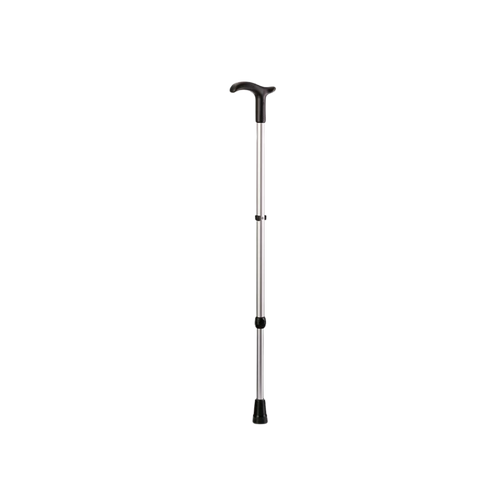
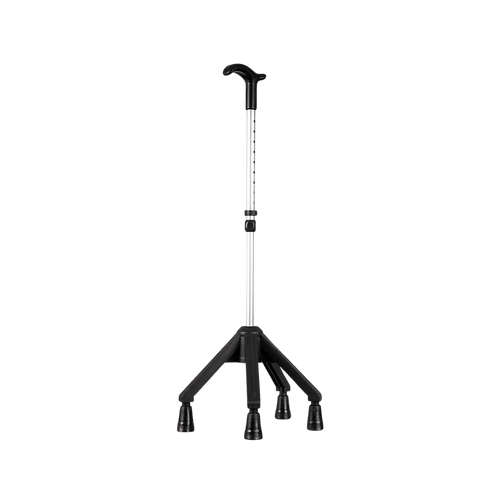
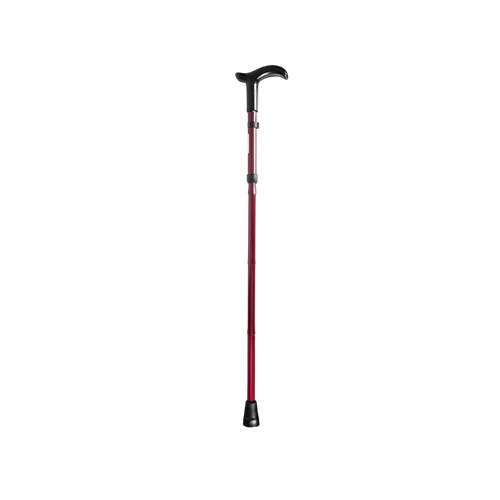
Key Types of Walking Sticks
Understanding the differences between walking stick types is essential when choosing the right model for your needs. Below are the most popular variations available on the Australian market:
-
1. Standard Walking Stick
A classic model, usually crafted from wood or aluminium, with a curved or T-shaped handle. These sticks are simple, functional, and effective for basic support needs.
-
2. Adjustable Walking Stick
Made with telescoping sections to adjust height according to the user. Ideal for ensuring ergonomic posture and accommodating different shoe types or terrain levels.
-
3. Folding Walking Stick
Designed to be easily stored in a handbag, backpack, or drawer. A stick walking stick that folds is great for travel or occasional use.
-
4. Quad Cane (Four-Pronged Base)
Offers greater base stability due to four feet at the bottom. These are suited to individuals needing more support and who are at higher risk of falling.
-
5. Walking Stick Cane with Seat
Combines the support of a walking stick with the convenience of a fold-out seat. Great for users who require frequent rest stops during walks or outings.
-
6. Ergonomic Grip Walking Stick
Specially designed handles such as derby, Fischer, or anatomical grips offer better comfort for users with arthritis or hand conditions.
How to Choose the Right Walking Stick
Finding the right walking stick is critical for both safety and comfort. Here are the essential factors to consider:
A. Height and Fit
- The walking stick should reach the crease of your wrist when your arm is relaxed by your side.
- Adjustable sticks are helpful for those uncertain about their required height or those whose needs may change over time.
B. Handle Design
- Derby Handle: Stylish and supportive
- Palm Grip: Reduces strain for those with arthritis
- Crook Handle: Easy to hang on hooks or benches when not in use
Choose a handle that’s comfortable for prolonged use and matches your hand size and strength.
C. Material and Weight
- Wood: Durable and traditional, but heavier
- Aluminium: Lightweight and rust-resistant
- Carbon Fibre: Ultra-lightweight and strong, often seen in premium models
D. Tip Design
Most walking sticks come with non-slip rubber tips for stability. Consider a wider base or multi-tip stick if you walk on rougher or slippery terrain.
E. Portability
If you’re often on the move or need something compact, go for a folding or collapsible stick walking cane. Some can be packed down to fit in a small bag.
Conclusion
Walking sticks are a trusted, accessible, and effective mobility solution for people seeking enhanced stability, reduced joint pressure, and greater independence. With modern designs ranging from classic wooden canes to high-tech carbon fibre models, there’s a walking stick to suit every need, environment, and budget.
Whether you’re recovering from injury, managing a long-term condition, or simply wanting to move with more confidence, a properly fitted walking stick can help you take each step with assurance and ease.
Looking for the right walking stick?
We offer a curated selection of foldable, adjustable, and ergonomic walking sticks crafted for comfort, safety, and style.
📞 Call 1300 615 193 or order online at our website.
A walking stick offers simple, effective support for balance, posture, and everyday mobility. This collection features carefully selected walking sticks designed to improve stability, reduce joint strain, and support confident movement at home or outdoors. Ideal for seniors, recovery, and long-term mobility support.
What this collection includes:
• Adjustable walking sticks for a personalised fit
• Folding walking sticks for travel and easy storage
• Quad (four-point) walking sticks for added stability
• Heavy-duty and bariatric walking sticks
• Ergonomic handle designs for arthritis and weak grip
• Lightweight aluminium walking stick options

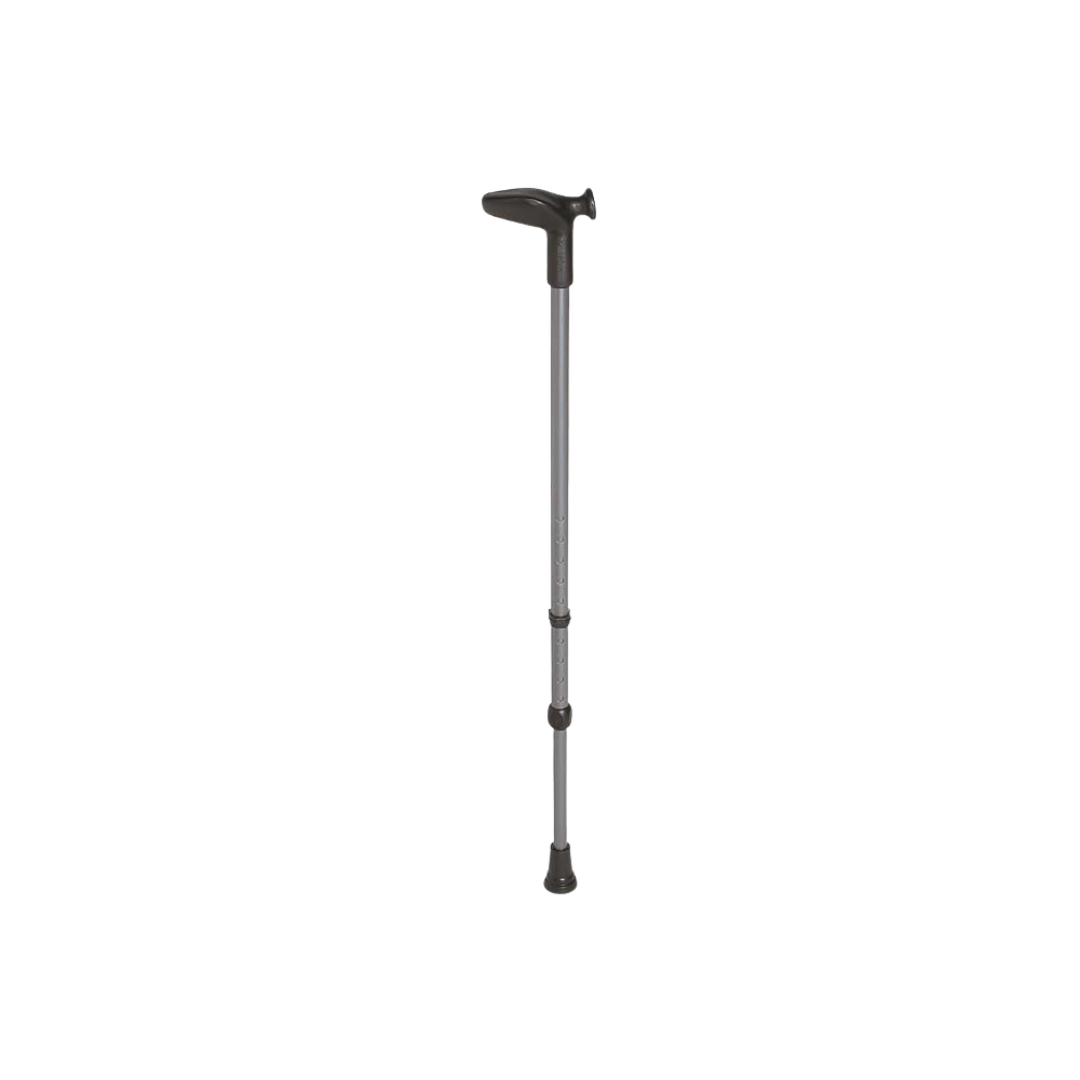
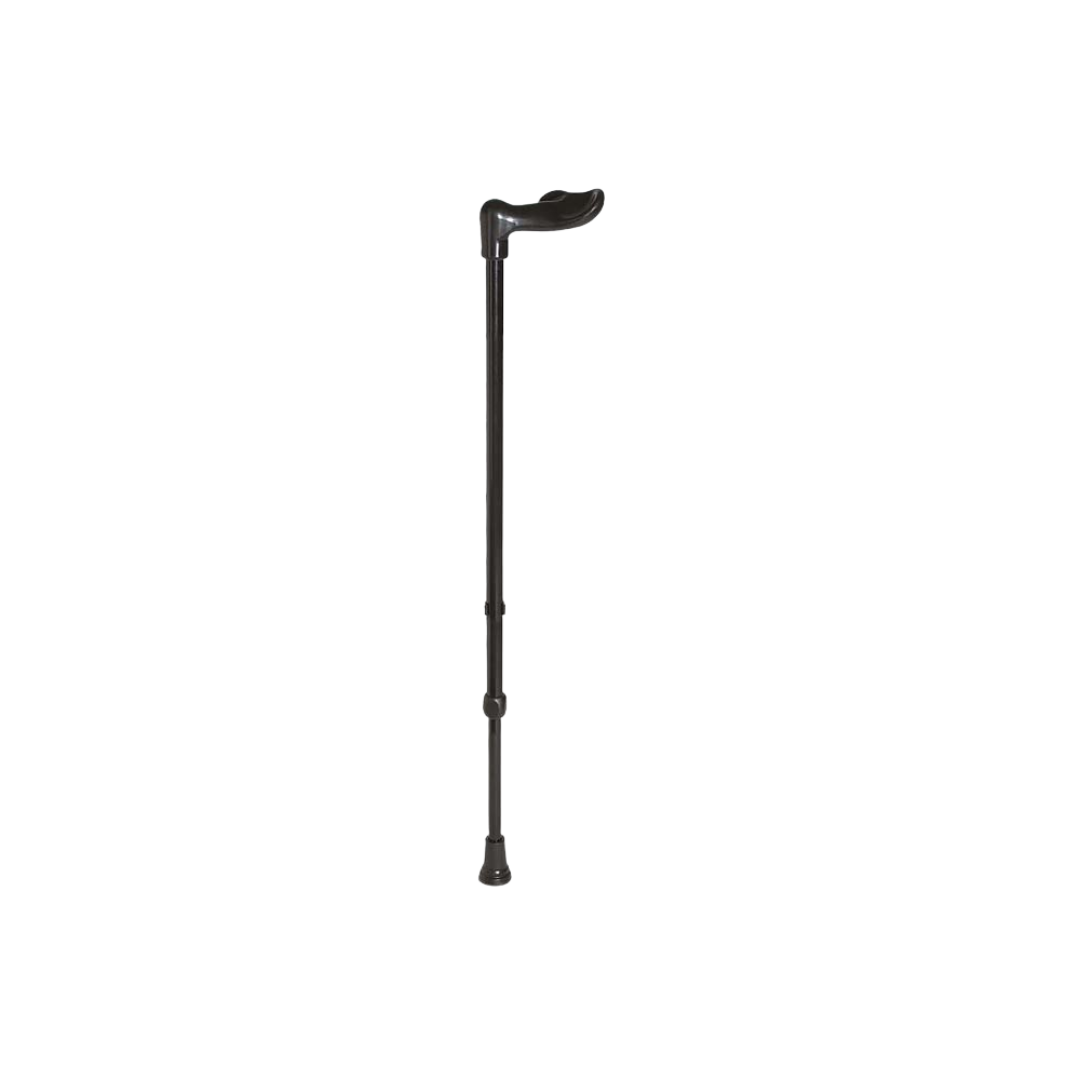
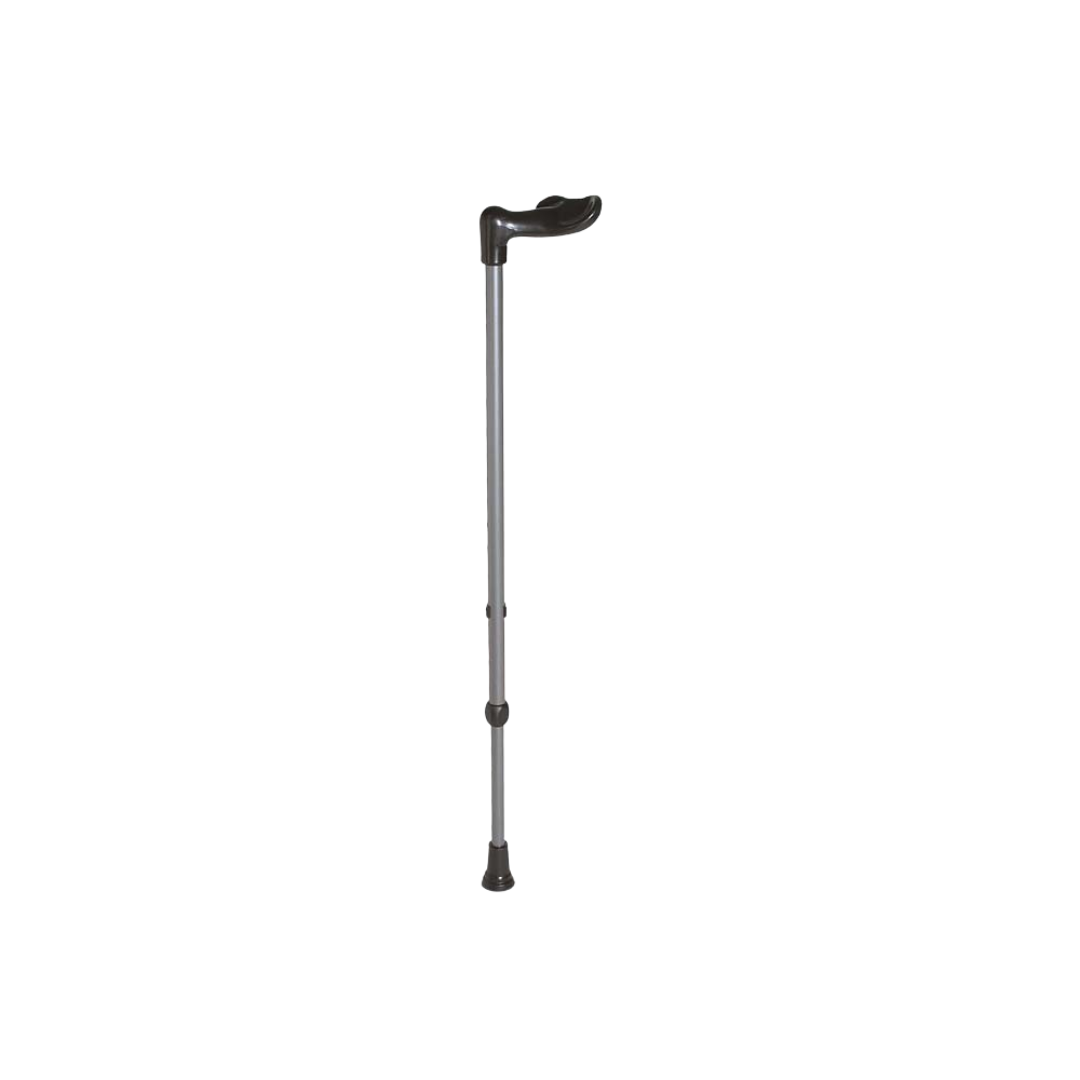
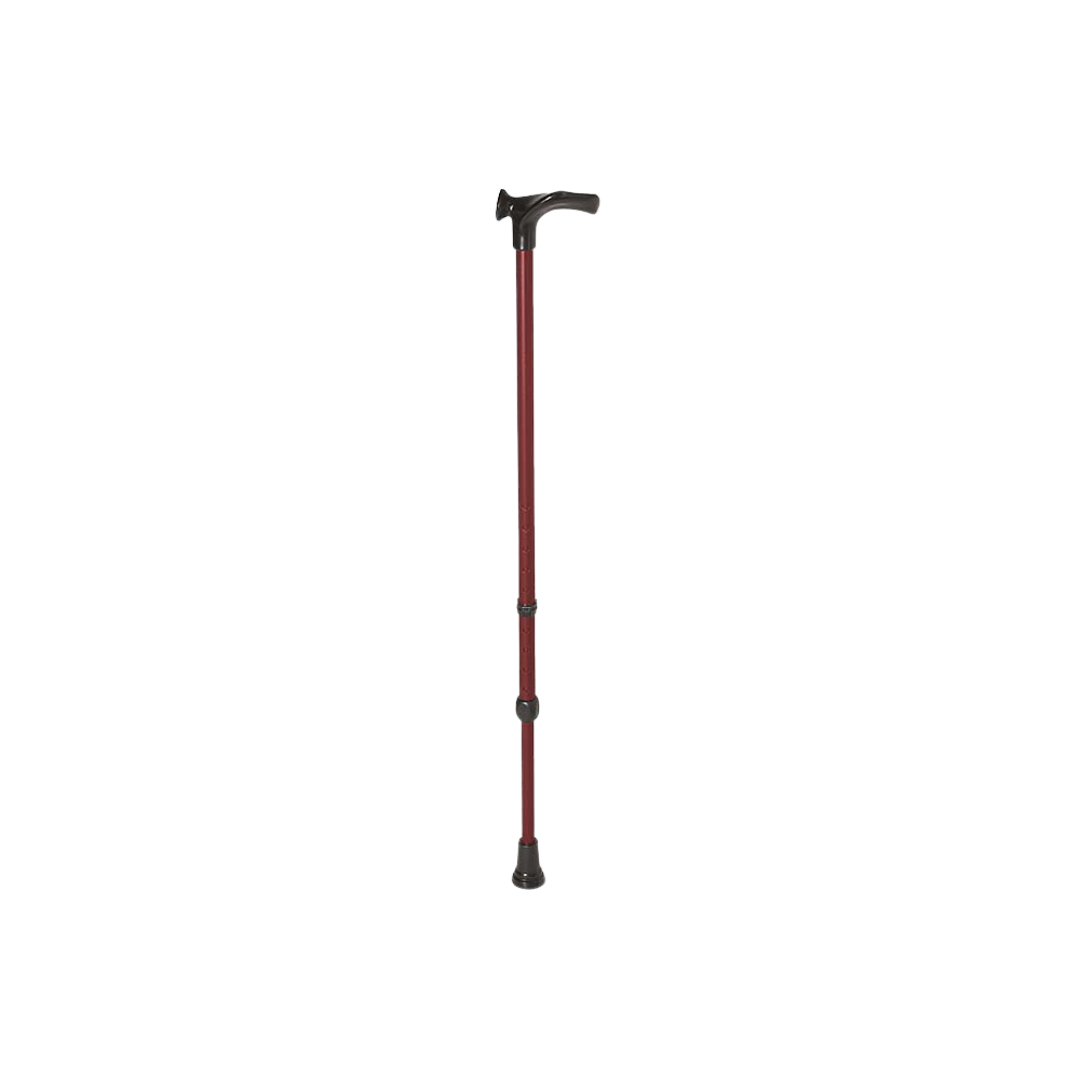

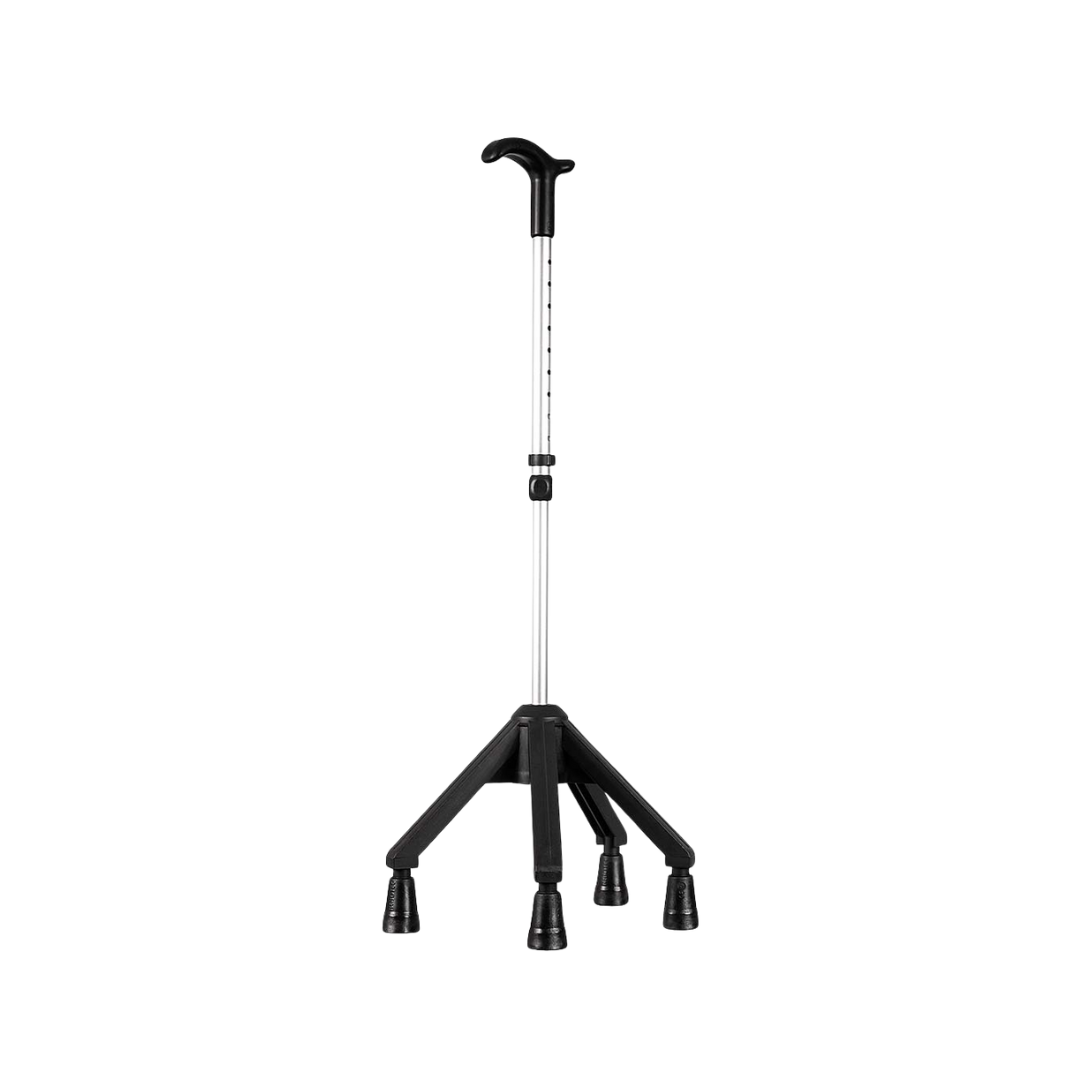
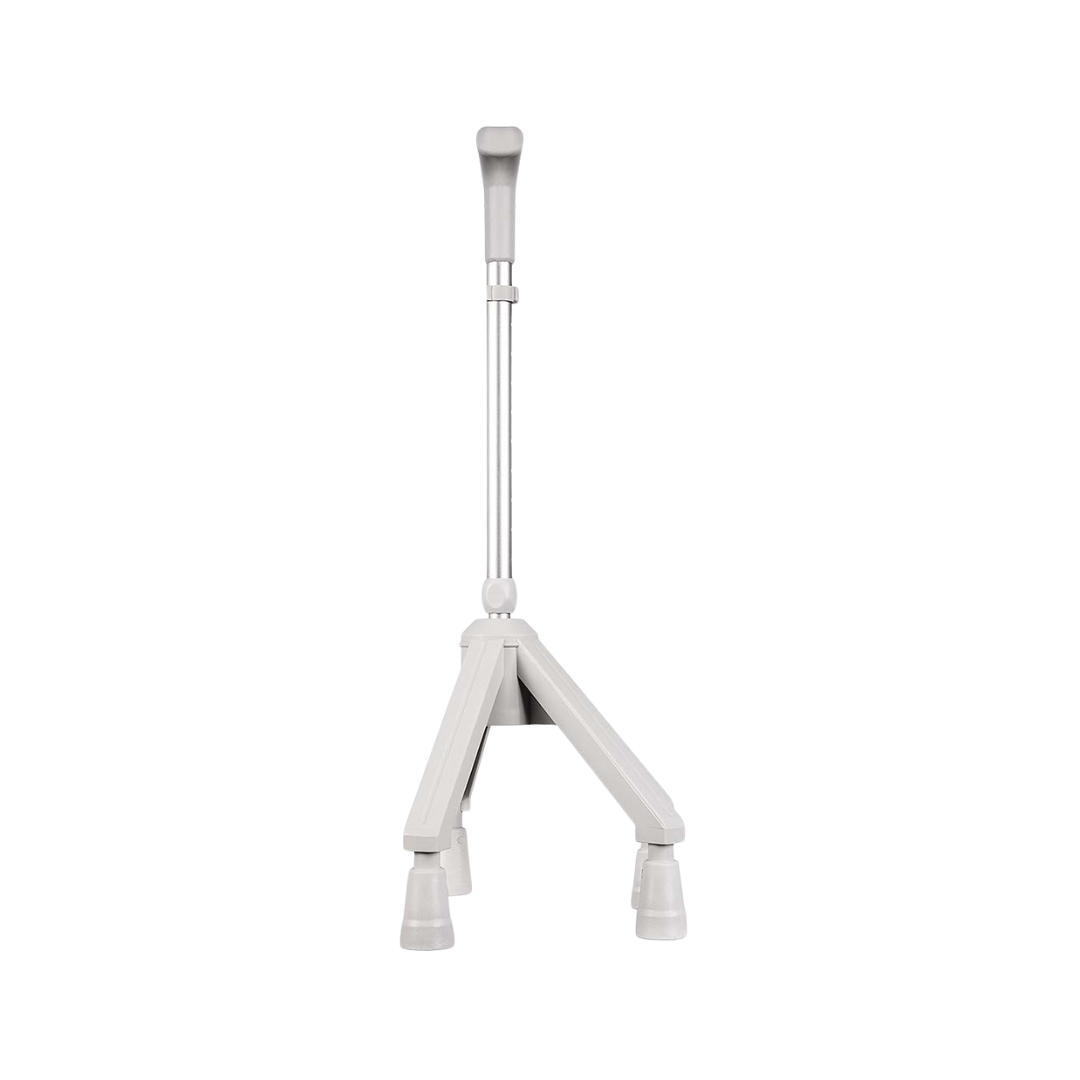
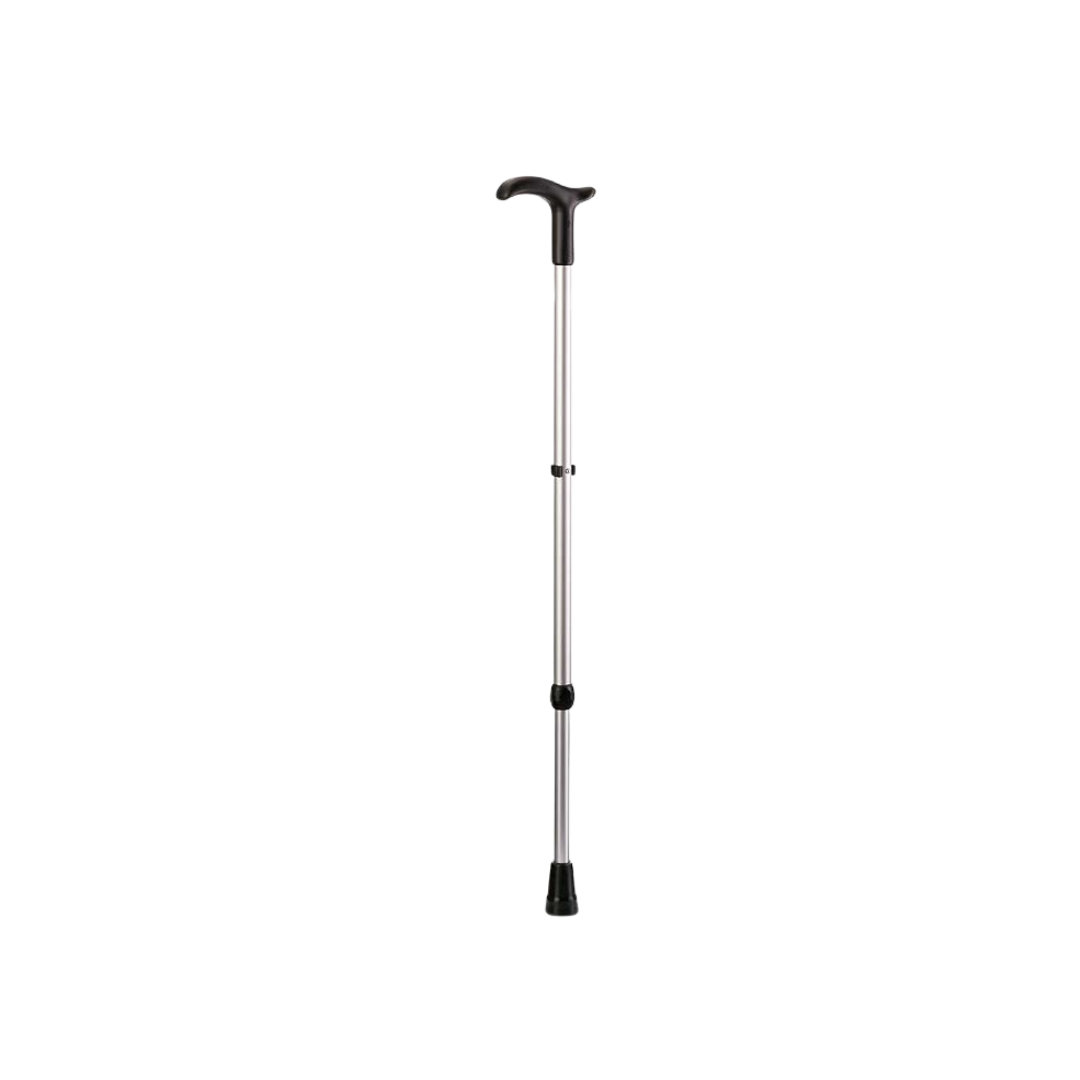
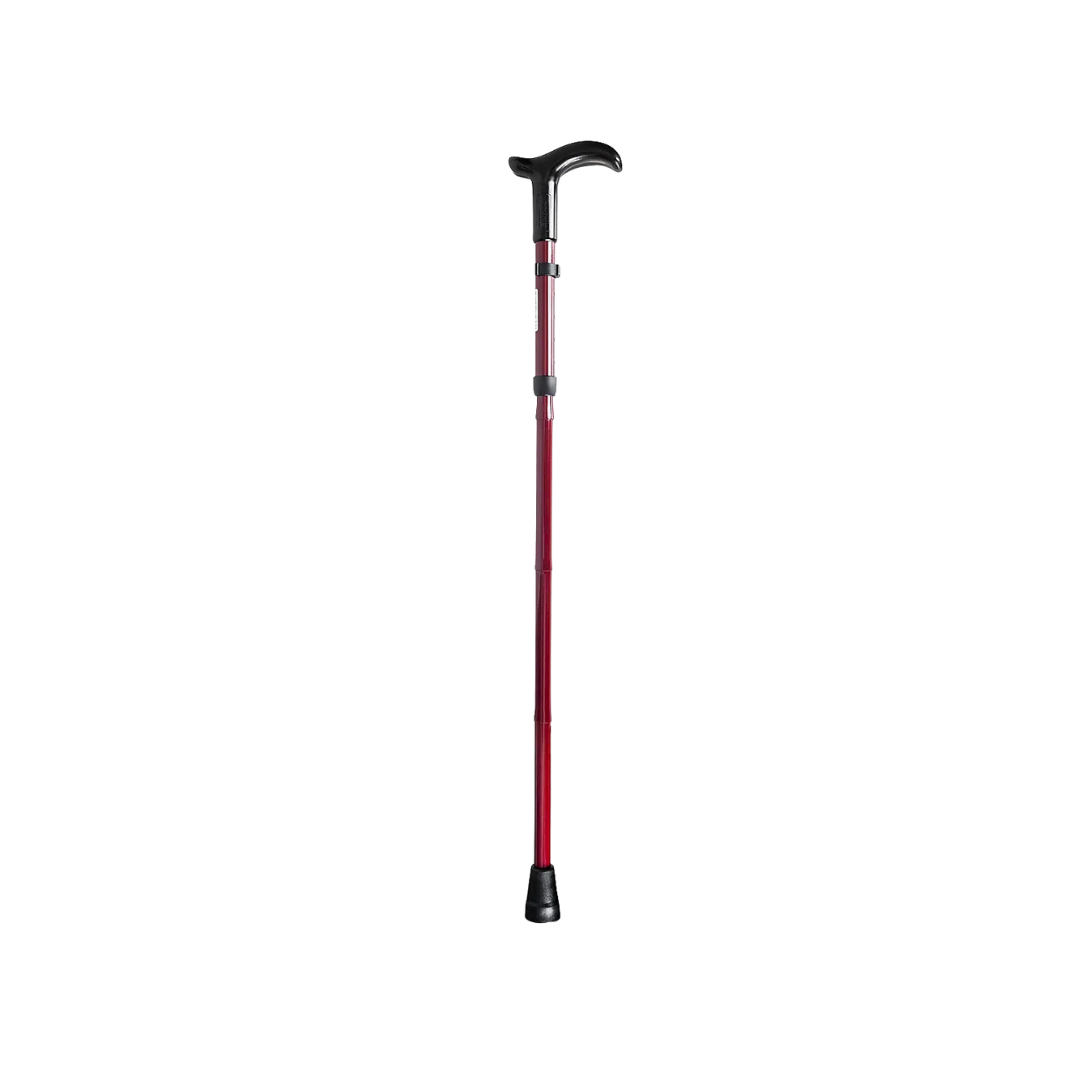
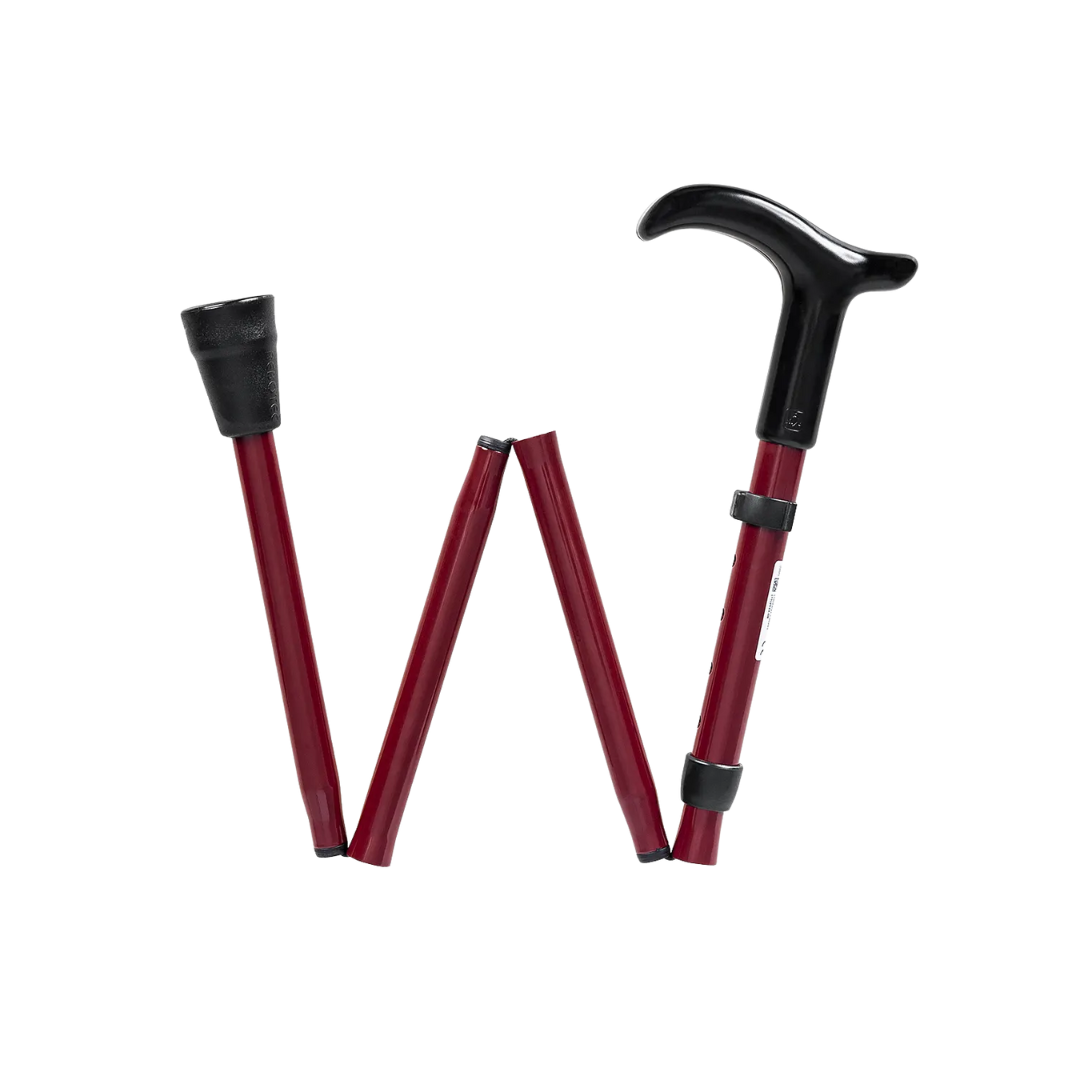
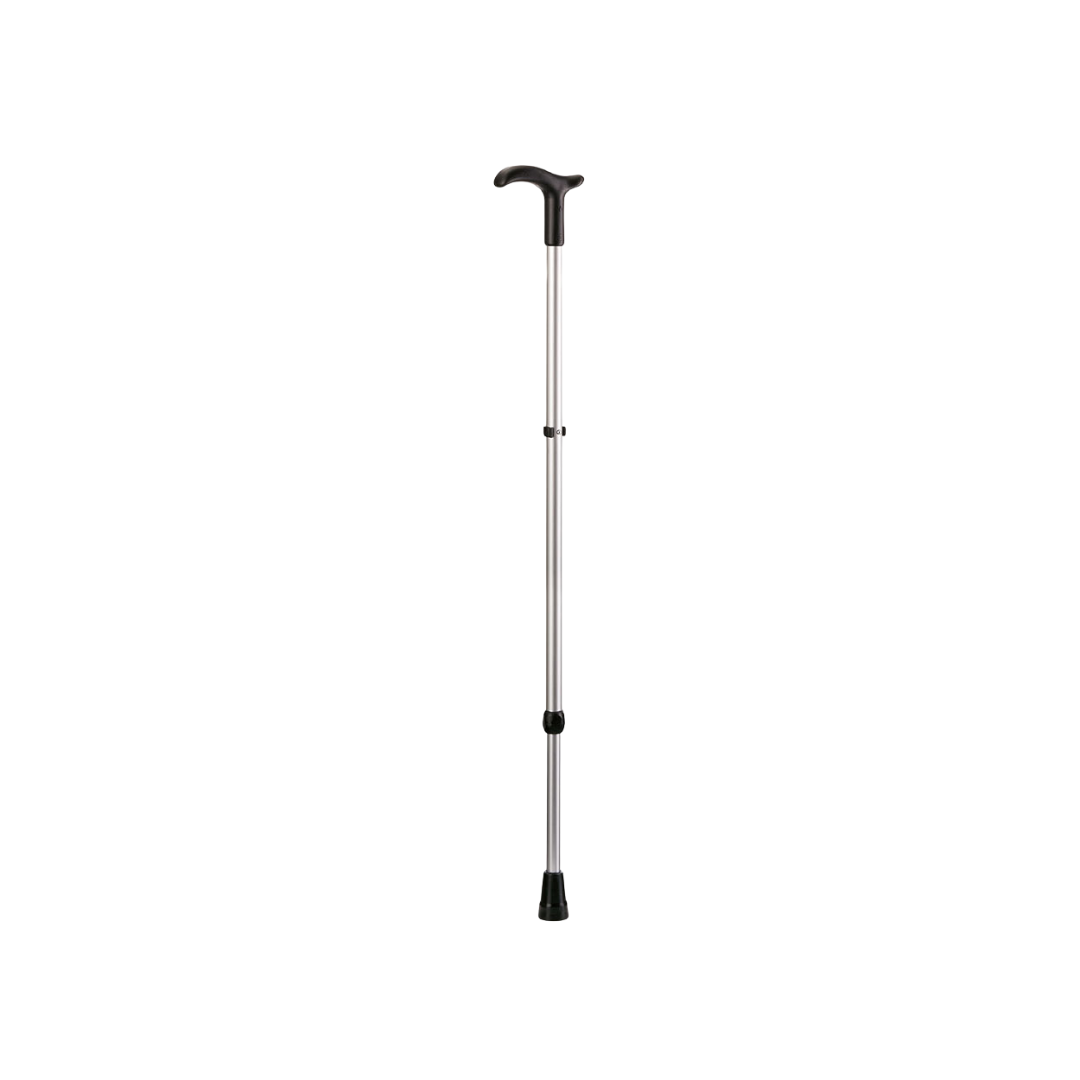
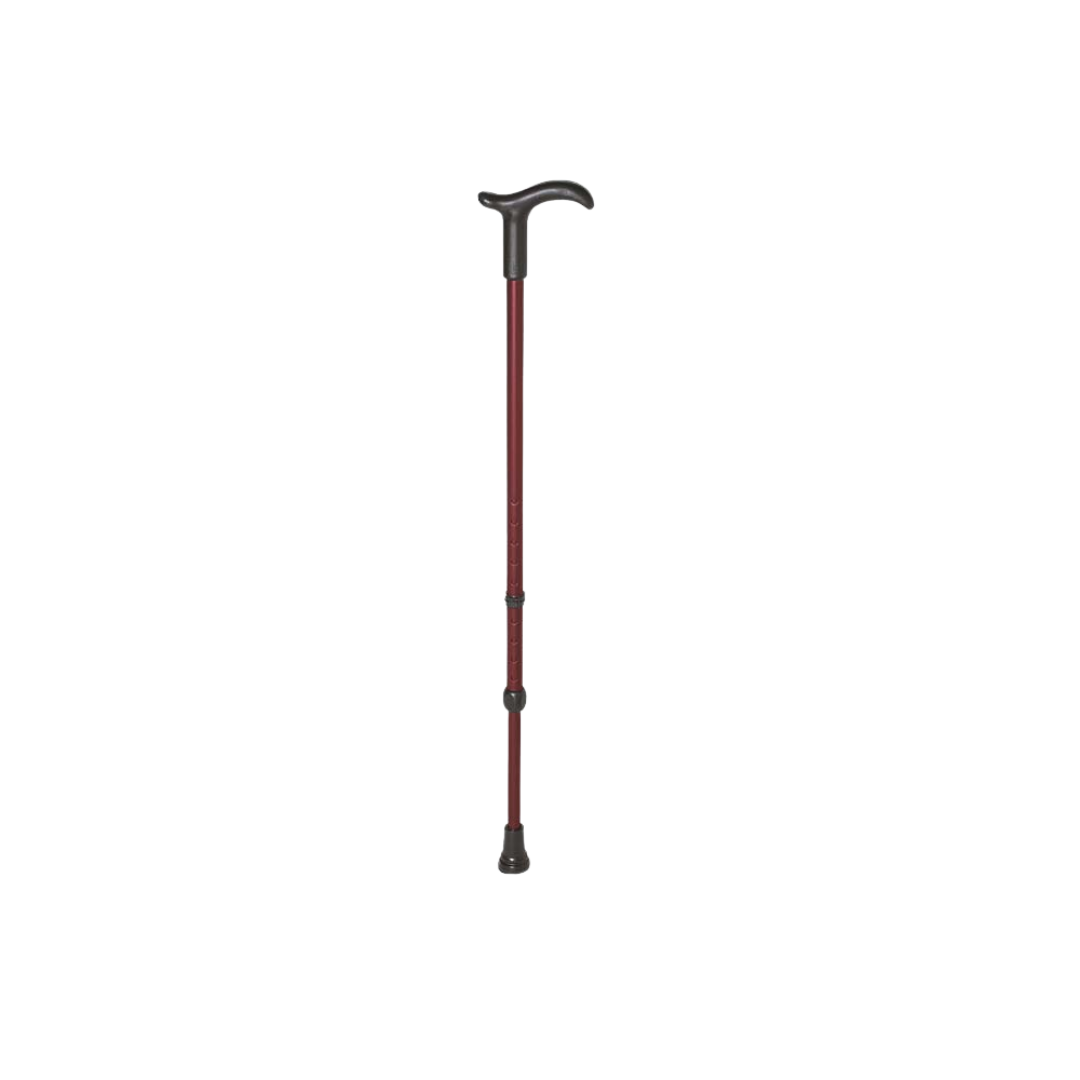
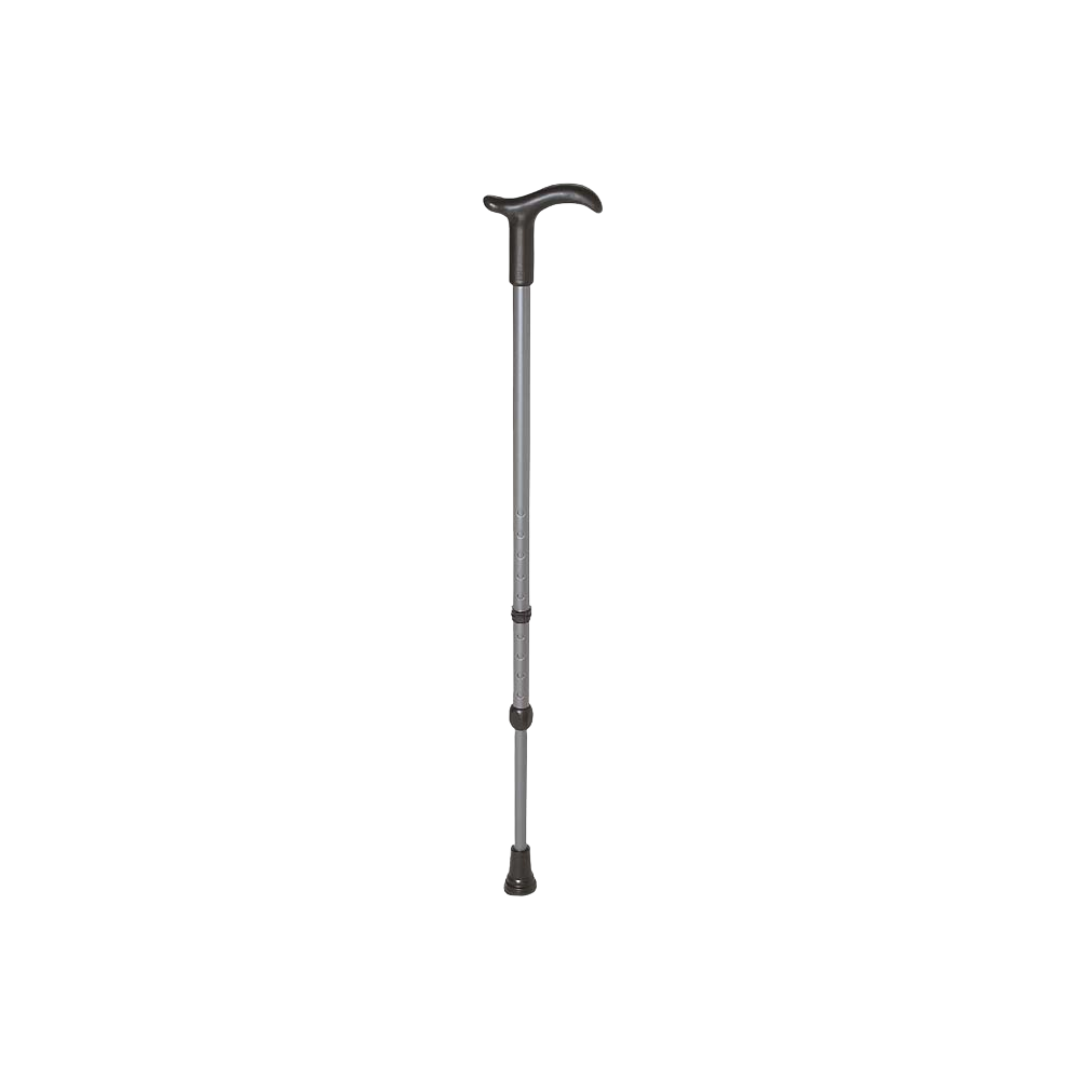
Recently viewed
FAQs
A walking stick is ideal for people with mild balance issues, joint pain, or those recovering from injury who need extra support while walking.
The stick should reach your wrist crease when standing upright with arms relaxed at your sides.
A quad cane has four feet for extra stability, while a standard walking stick is lighter and easier to carry.
Yes. Walking sticks may be funded through NDIS or aged care supports when recommended by a health professional.
